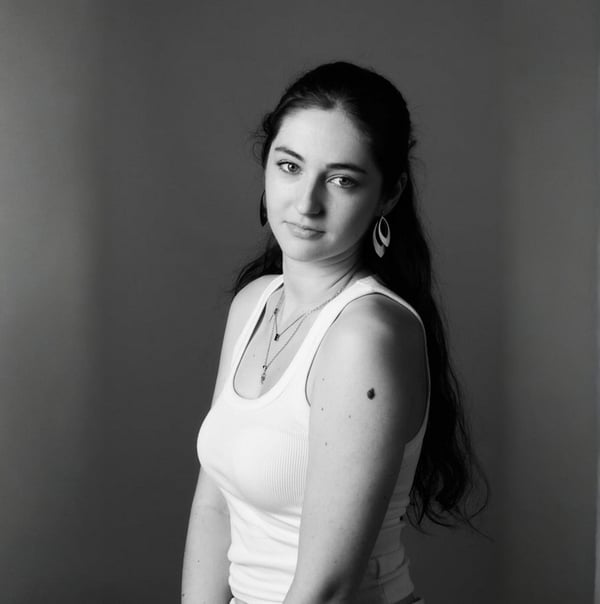Fashion Product Photography: Tips & Tools for Success
Table of Contents
- Why Fashion Product Photography Is Essential for Ecommerce
- Key Elements of Great Clothing Photography
- Tools and Equipment for Fashion Photography
- Studio vs Lifestyle Fashion Photography
- The Role of AI in Fashion Product Photography
- Modelia for Fashion Photography
- Comparison Table: Manual vs AI Fashion Photography
- Recap: Why Fashion Product Photography Matters
- FAQ: Fashion Product Photography
Fashion product photography has become one of the most powerful tools in ecommerce. When customers shop online, they cannot touch fabrics, try on clothing or see the items in person. Instead, photos take on the role of building trust and convincing buyers to click “add to cart”. As an image is worth a thousand words, high quality images can communicate texture, fit and style better than any description ever could.
In a market that is so based in online shopping, fashion product photography is more than just a technical necessity. It is the face of your brand, a way to showcase creativity and a driver of sales. Brands that invest in professional images enjoy lower return rates, stronger customer engagement and higher conversion rates. But don't worry, the good news is that creating stunning ecommerce photos is no longer limited to expensive studios. With the right mix of techniques, tools and AI solutions, every brand can present their products beautifully.
In this article, we’ll break down why fashion photography matters, the essential techniques for getting it right, the equipment you need and how AI tools are transforming the way clothing brands create and scale product visuals.
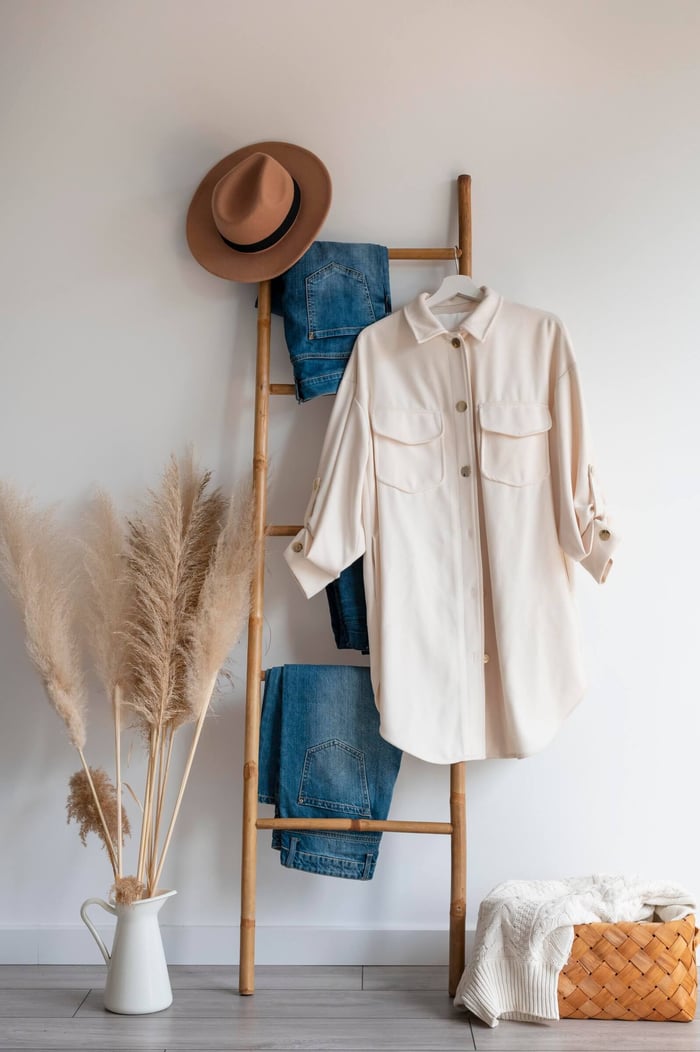
Why Fashion Product Photography Is Essential for Ecommerce
When shoppers browse online stores, the decision to buy often depends on how well they can imagine themselves wearing a product. Fashion product photography bridges the gap between digital screens and real-world clothing.
Builds trust: Crisp, detailed photos reassure customers that the product looks like what is being advertised. Poor quality images, on the other hand, raise doubts and drive people away.
Reduces returns: Customers often return products because they look different in reality than in the photos. Better photography that shows true color, fit and details minimizes this issue.
Shapes brand identity: Photos are not just neutral product representations. They communicate your brand’s style, whether it’s luxury, streetwear, eco-friendly or minimalist. Consistent imagery helps customers recognize and remember your store.
Boosts engagement: Social media platforms like Instagram, Pinterest and TikTok thrive on visuals. Striking fashion photography is more likely to be shared, pinned and reposted, creating organic marketing opportunities.
In short, fashion photography is not only about showing clothes, it’s about selling a lifestyle, an idea, and a brand story.
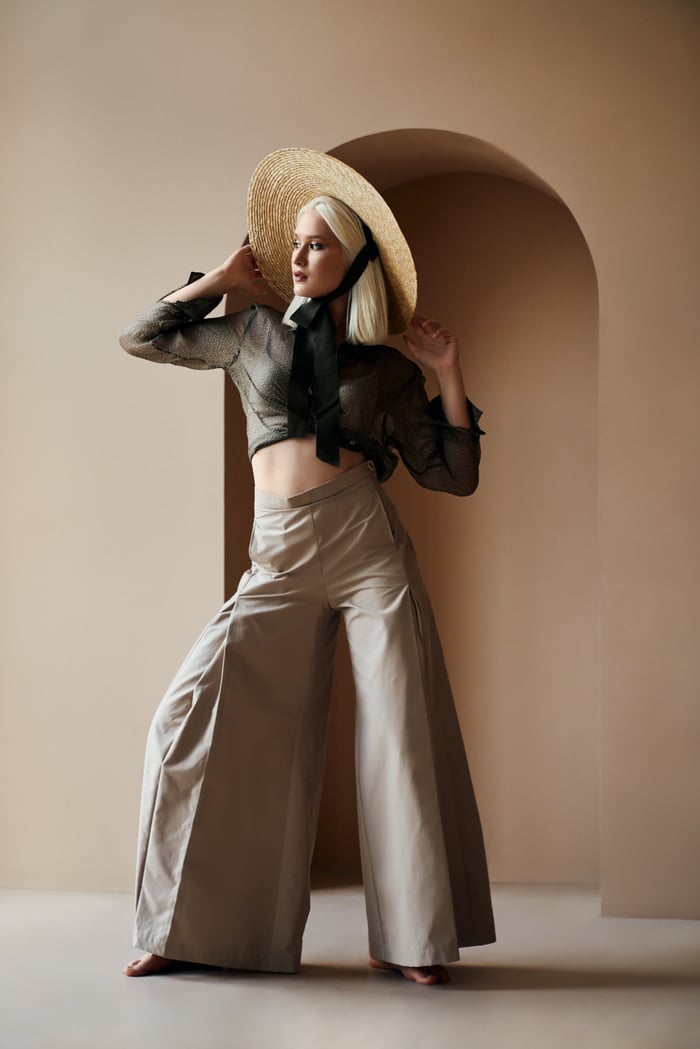
Key Elements of Great Clothing Photography
Creating professional-looking photos doesn’t only come down to having a good camera. There are several key factors to keep in mind when shooting fashion items:
Lighting
Lighting determines the mood and clarity of a photo. Natural light works well for casual looks, while studio lighting provides consistency for ecommerce catalogs. A soft, even light ensures that textures and fabrics are visible without harsh shadows.
Backgrounds
Clean white backgrounds are common in ecommerce because they keep attention on the clothing and make editing easier. Lifestyle backgrounds, however, can help customers imagine how and where they might wear the outfit. Many brands mix both styles.
Styling and Presentation
Whether you photograph clothing on models, mannequins, or flat lays, presentation matters. Steam out wrinkles, adjust the fit, and make sure accessories or props enhance rather than distract. A poorly styled garment can ruin an otherwise good shot.
Angles and Details
Shoppers want to see the full product. That means showing multiple angles: front, back, side, and close-ups of details like buttons, zippers, or textures. This reduces uncertainty and builds confidence in purchasing decisions.
Consistency
For ecommerce stores, consistency across product photos is key. Using the same lighting, angles, and editing style creates a cohesive look that feels professional and trustworthy.
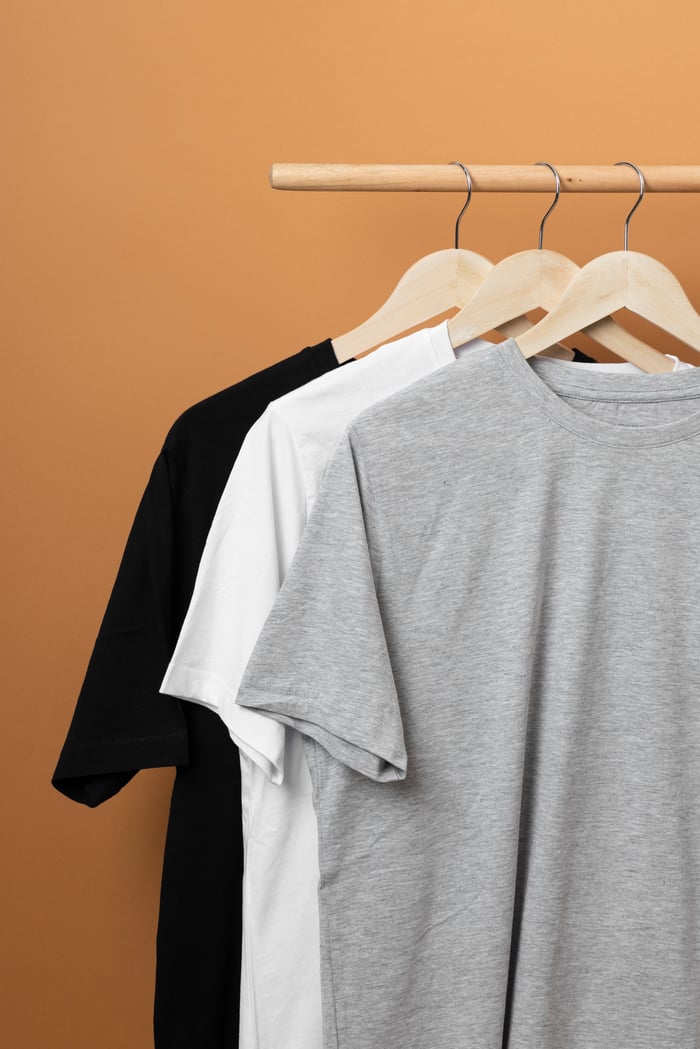
Tools and Equipment for Fashion Photography
The right equipment helps ensure professional results, but you don’t need a hudge budget to get started.
Cameras and Smartphones
A DSLR (Digital Single-Lens Reflex) or mirrorless camera gives you the best quality and control, especially when paired with different lenses for close-ups or wide shots. However, today’s smartphones also feature powerful cameras and editing capabilities, making them great for small brands just starting out.
Studio Setup
Tripods ensure stability and consistency between shots. Softbox lights or ring lights create even lighting, while reflectors help fill in shadows. A seamless white backdrop is a must-have for most ecommerce shoots.
Editing Software
Post-processing refines the final look. Adobe Photoshop and Lightroom are industry standards, but free tools like GIMP or online editors such as Canva can also work well. For faster workflows, AI-powered editing tools can automate retouching, background removal, and color correction.
The key is not having the most expensive gear, but rather understanding how to use what you have effectively.
Studio vs Lifestyle Fashion Photography
Fashion product photos typically fall into two categories:
Studio Photography
Clean, consistent, and perfect for ecommerce listings.
Usually shot against plain backgrounds with controlled lighting.
Ideal for highlighting the garment itself without distractions.
Lifestyle Photography
Shows clothing in real-world settings, such as outdoor streets, cafes, or styled environments.
Helps customers imagine themselves wearing the outfit.
Great for social media, lookbooks, and brand storytelling.
A balanced approach often works best. Studio shots provide clarity and professionalism, while lifestyle photos inject emotion and relatability into your brand.
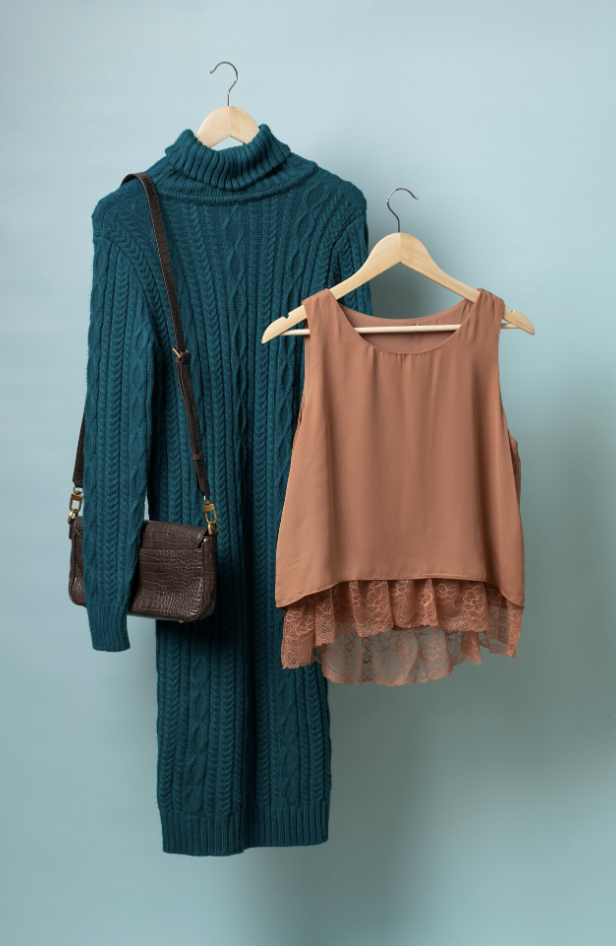
The Role of AI in Fashion Product Photography
Artificial intelligence is reshaping the way fashion brands approach photography. Instead of relying solely on photoshoots, AI can create or enhance visuals in ways that save time and money.
AI-powered solutions can recolor garments, generate outfit variations, remove or replace backgrounds, and even create realistic digital models wearing the clothing. This means that instead of organizing multiple photoshoots for different styles, brands can generate endless variations from a single image.
Benefits include:
Scalability: Perfect for large ecommerce catalogs.
Cost-effectiveness: Reduces the need for expensive shoots.
Sustainability: Fewer samples and photoshoots mean less waste.
Speed: Brands can launch new collections faster by skipping traditional production bottlenecks.
For many fashion companies, AI tools have become a must-have addition to their visual workflows.
Modelia for Fashion Photography
At Modelia, we’ve developed AI solutions specifically designed for fashion ecommerce. Instead of only editing photos, Modelia makes it possible to generate AI models wearing your garments in different outfits and styles. This means you can present your products on diverse body types and aesthetics without the need for a traditional model photoshoot.
With Modelia, brands can:
Recolor garments and test multiple variations instantly.
Generate models wearing the same product in different outfits.
Create catalog-ready images in minutes instead of weeks.
Scale marketing visuals across platforms without losing quality.
This workflow is a game changer for fashion brands that need to move fast while staying visually consistent. By combining creativity with technology, Modelia empowers ecommerce teams to expand their visuals and stay ahead of competitors.

Comparison Table: Manual vs AI Fashion Photography
Aspect | Traditional Photography | AI Fashion Tools (Modelia) |
|---|---|---|
Time | Hours to days per shoot | Seconds to minutes |
Cost | High (studio, models, gear) | Much lower, subscription-based |
Style Options | Limited to shoot setup | Multiple variations instantly |
Scalability | Difficult for large catalogs | Easy to scale entire catalog |
Sustainability | Requires samples & logistics | Digital-first, less waste |
Recap: Why Fashion Product Photography Matters
Fashion product photography is no longer just about taking nice photos. It’s about creating a bridge between customers and clothing in a way that inspires trust, communicates value, and drives conversions. By mastering the basics, lighting, styling, backgrounds, and consistency, brands can elevate their ecommerce presence.
At the same time, the industry is moving toward smarter workflows. AI-powered platforms like Modelia offer a new way to scale product visuals without the heavy costs of traditional photoshoots. They make it possible to generate models, recolor garments, and expand catalogs at incredible speed.
For ecommerce brands competing in today’s fast-moving market, combining traditional photography with AI innovation is the best way forward. It ensures both quality and efficiency, allowing you to tell your brand’s story while keeping pace with customer expectations.
Now is the perfect time to rethink how you approach fashion product photography. With the right mix of creativity, tools, and AI-powered solutions, you can transform your visuals and give your brand a competitive edge.
Click here and try Modelia by yourself!
FAQ: Fashion Product Photography
What is fashion product photography?
Fashion product photography is the practice of capturing high-quality images of clothing, shoes, and accessories to showcase them for ecommerce, marketing, or editorial purposes.
Why is fashion product photography important for ecommerce?
Clear and professional images help customers visualize products, build trust, and increase conversion rates. Good photography reduces returns by showing accurate colors, textures, and details.
What are the key elements of great fashion product photography?
Lighting, background, angles, styling, and post-editing are essential. Using models or mannequins can also help customers imagine how the item will look when worn.
Can AI improve fashion product photography?
Yes, AI tools can assist by automating background removal, recoloring items, generating on-model images, and optimizing visuals for different platforms quickly and cost-effectively.
How would you rate this article:
Related Articles
- The Most Followed Virtual Influencers in 2025
- Top Sustainable Outdoor Clothing Brands for Eco-Friendly Style
- How AI Is Shaping the Future of Kids’ Fashion
- The Ultimate Guide to Dressing for Your Body Shape: Find the Best Clothing Styles
- Top AI Modeling Tools Transforming Fashion Design
- How to Design a Fashion Logo That Stands Out
- What Will You Be Wearing in 2026? Top Fashion Trends to Watch
- 10 Trends in Ecommerce to Stay Ahead with the Latest Insights and Innovations
- Influencer Marketing for Fashion Brands: Boosting Visibility Through Partnerships
- How Virtual Fitting Room Technology Is Changing Shopping
